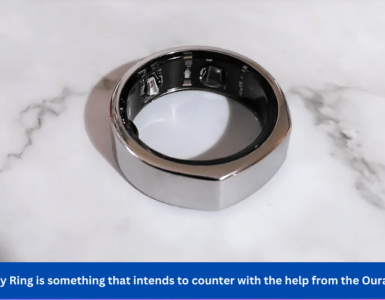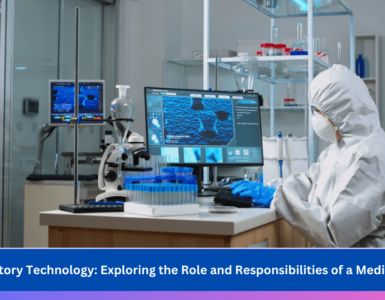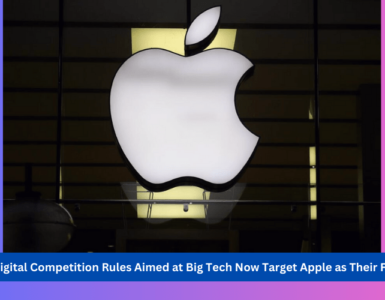Video forensics are evolving in order to enhance the capacities for gathering, processing, analyzing, and storing evidence. While this is happening, a number of difficulties exist during each stage of gathering and analyzing video evidence, which video forensic tools are working to address. Today, this article will look at the various benefits of using video forensic tools. So let’s get started on it.
WHY USE VIDEO FORENSIC TOOLS?
Video forensics presents several problems, much like every stage and component of digital transformation. These days, video forensic tools are created with these difficulties in mind in order to address and minimize them as much as feasible. Given below are the notable benefits of using Video Forensic Tools.
- Provides the Ability to Distinguish
Differentiating between minor image alterations and completely doctored photos is a major challenge in video forensics. The goal of the person who edited the content, which is, as one might anticipate, not always discernible, is the only thing that truly distinguishes it.
Here, video forensic technologies come into play, and it is possible to put to rest questions regarding whether the ‘enhancements’ were created with the intention of misleading the viewer.
Legal burdens frequently place a distinction between natural digital videography and that containing computer-generated graphics on forensic video analysts. In order to do this, the analyst must first confirm whether the imagery came from a camera in the first place by identifying its source.
To ascertain the validity of the imagery, source camera identification methods in video forensic tools can then be used.
- For Forensic Video Identification
Forensic video identification is one of the duties of digital forensic investigators in video forensics. This entails contrasting photographs from a database with gathered or acquired digital evidence. Here, investigators are faced with a dual challenge.
o It’s possible that there aren’t enough or a wide enough variety of past samples to compare the digital evidence to.
o More importantly, it might be challenging to unevenly relate the evidence to the digital images in databases since it might be sketches or infrared images.
Furthermore, human characteristics like age, the visibility of blemishes or scars, etc. can potentially cause problems for the facial recognition system. These concerns are being addressed by newer forensic tools, however, forensic investigators have a bigger role to play in this area by selecting the best instrument for forensic video enhancement purposes.
- Finding Hidden Content
Steganography; ( a hidden information delivery method similar to cryptography) has become increasingly popular in recent years. The two have a little but significant difference. Information is “locked” by the latter after it has been scrambled, and only a certain entity has the proper access key. The latter, which involves hiding a secret in plain sight, is more frequently seen in digital forensics. Steganography, to put it simply, is the process of hiding information within seemingly innocent content.
In order to distinguish between “innocent” communication and that which actually contains malicious steganographic content, forensic analysis of such content is crucial. The original content can then be restored by brushing through the material under the second umbrella and presented as evidence.
- Detection Of Fraud
It might surprise you to learn how frequently falsified video evidence is presented in court. Because of this, the work of digital forensic investigators becomes even more important and challenging.
Similar to how the source camera equipment is recognized, fake photos and videos are disclosed. Mapped camera response functions—this time in the form of digital X-rays—are then compared to one another and taken from various portions of an image or video to look for discrepancies.
Additionally, a different technique is used if the source camera or a few unaltered photographs captured by it are accessible. The second method examines the photo-response of similar but separate images to determine whether the sample was forged, whereas the first method compares various elements of a single image.


PICKING THE BEST VIDEO FORENSIC TOOL
While formerly effective, traditional video forensics software is progressively going out of date as more and more types of surveillance equipment and video files are available. You’ll agree with me when I say “Digital forensics is undergoing a revolution as a result of the entry of more modern and sophisticated tools into the field”. To this effect, Digital forensic investigators can extract and retrieve evidence from digital media using cutting-edge technology that Cognitech brings to the table. Video Investigator® 64 by Cognitech offers an integrated system that enables video extraction, recovery, playback, retrieval, and analysis.






